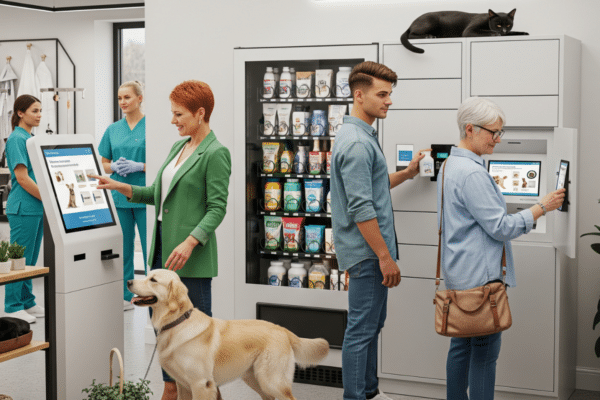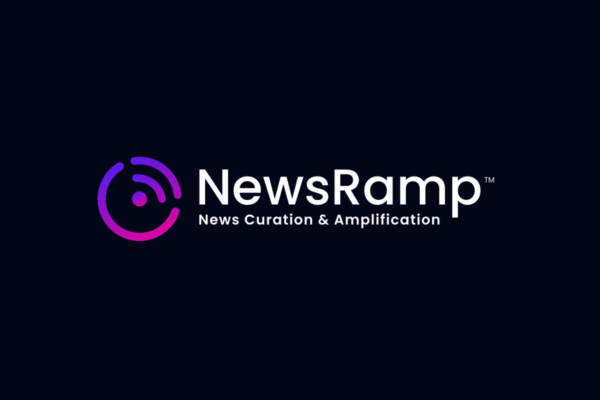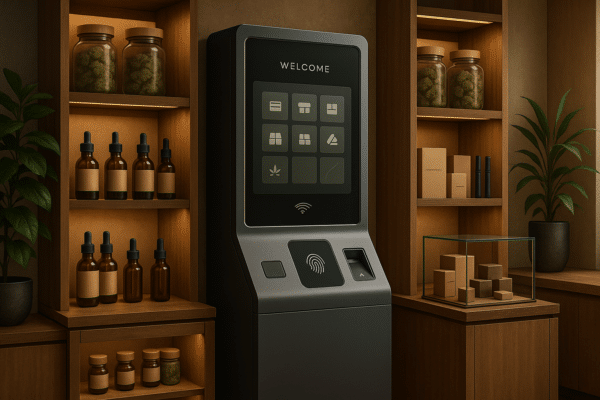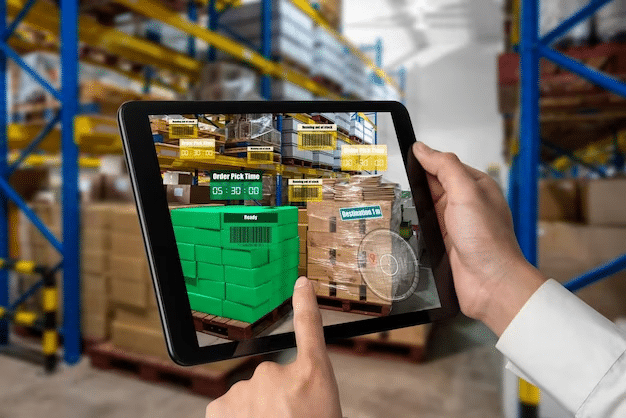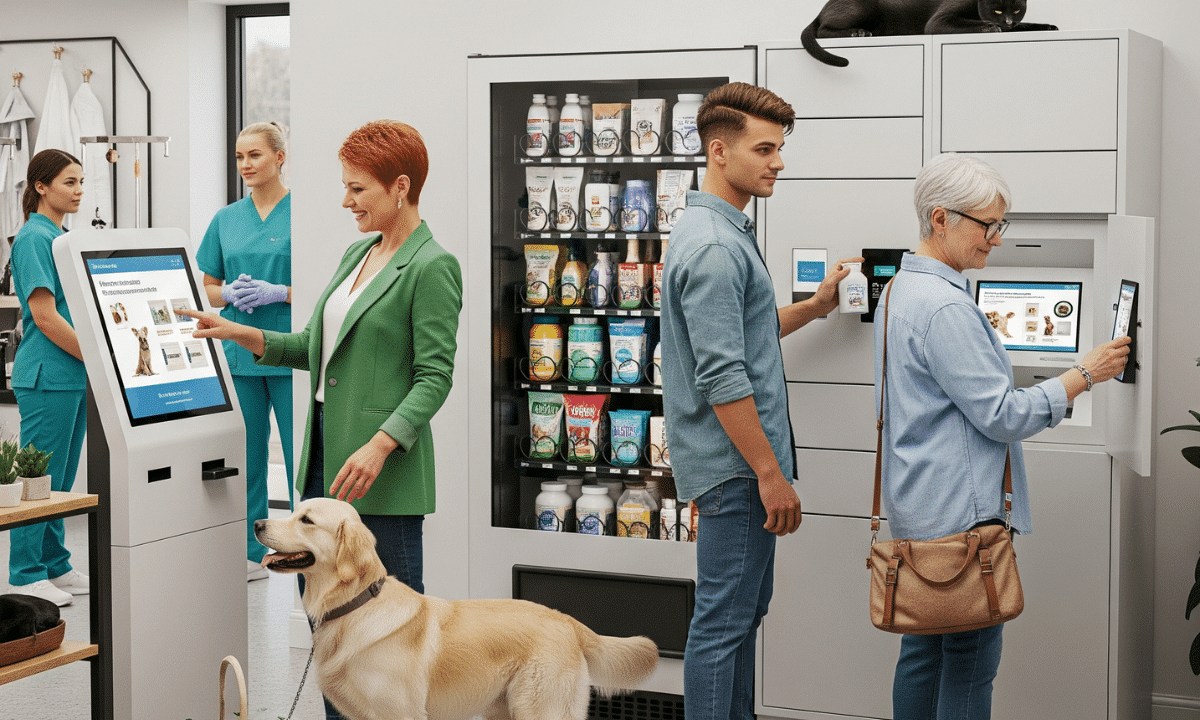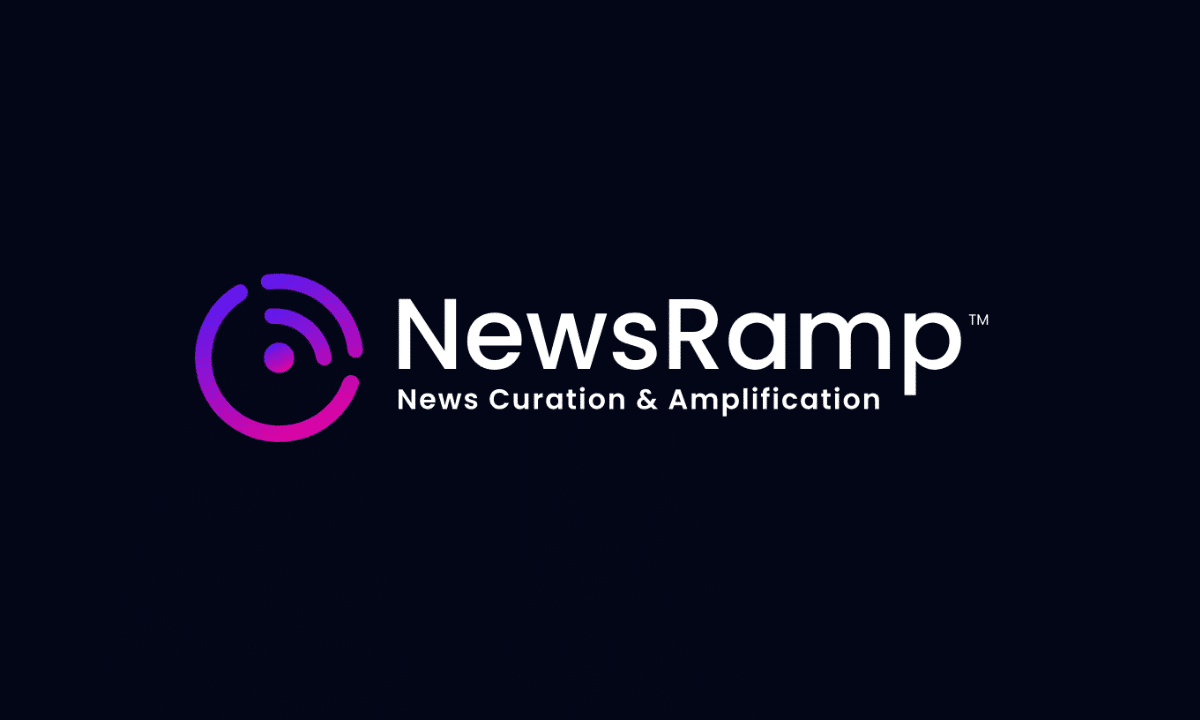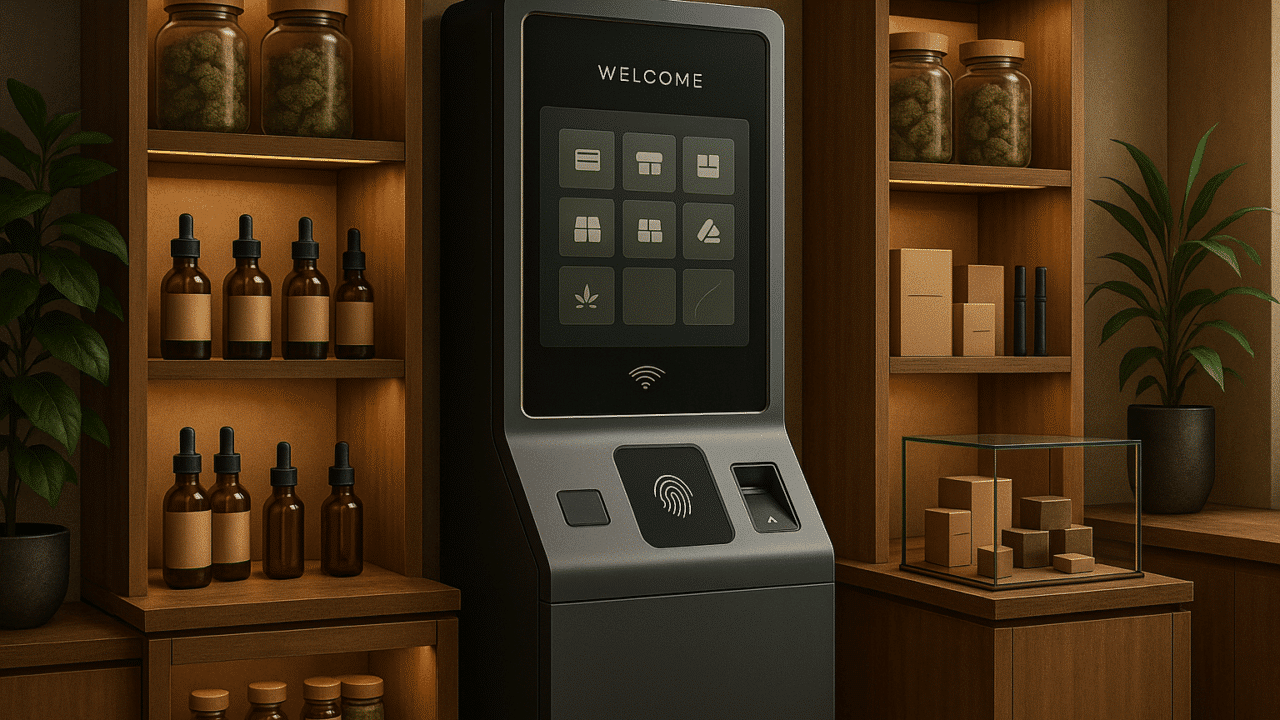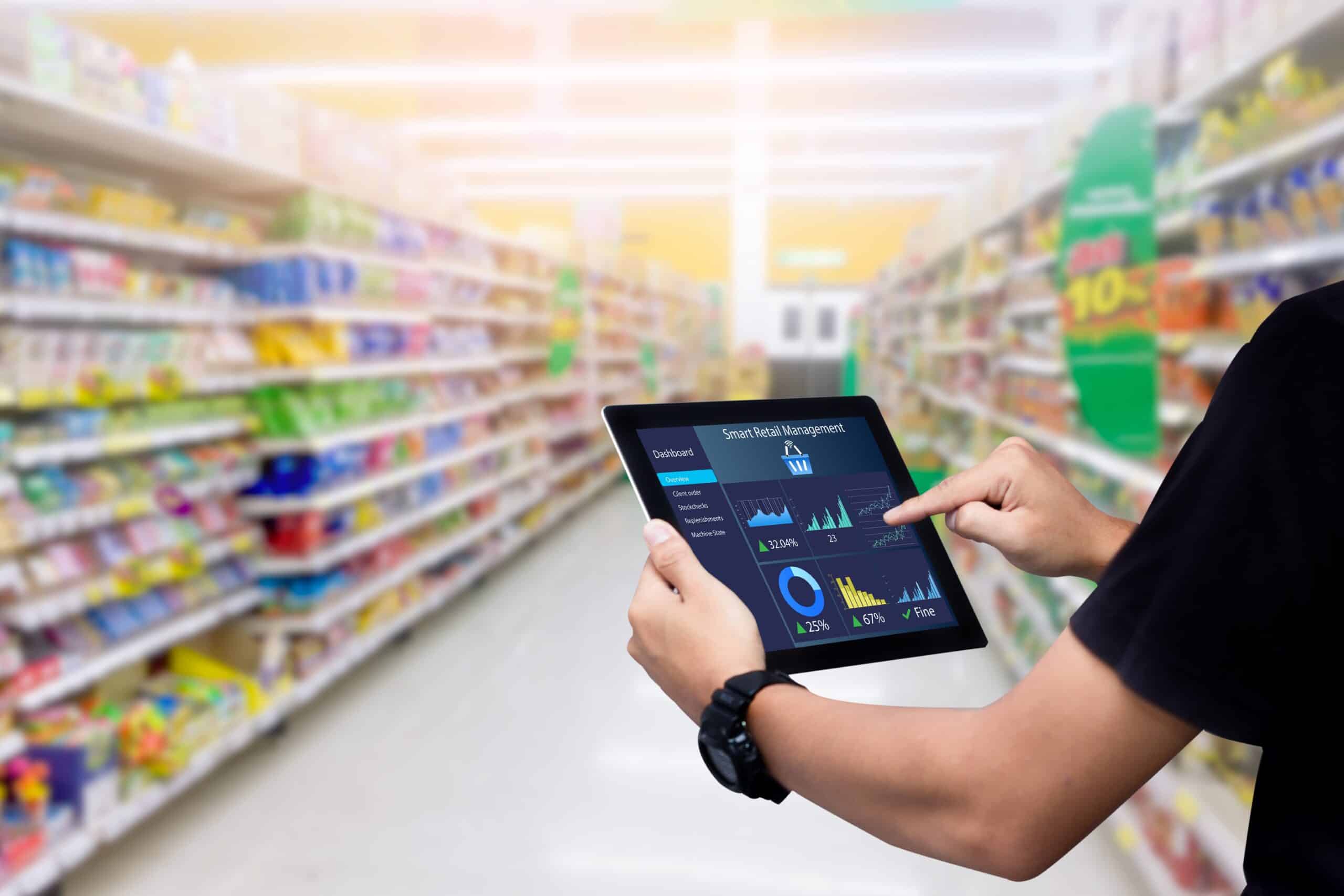
How Does Customer Data Insights Help a Retail Company
Consumer insight is a powerful tool to help provide a better customer-centric experience to drive sales and revenue. The more you can personalize a customer’s experience, the better you can meet their wants and needs.
Research shows using personalization to interact with customers increases conversion rates by 10 – 15%. The same study shows marketing costs are reduced by 10 – 20% using personalization methods.
Customer data insight is the catalyst for providing a unique and optimized customer experience. It also drives better decision-making for operational efficiency and resource management.
What Is Customer Data Insight?
Customer data insight is a form of retail analytics that interprets information about consumer behavior to improve business operations and increase profitability.
Customer data insight aims to:
- Optimize pricing
- Improve supply chain logistics
- Increase customer retention
- Attract new customers
- Uncover patterns and trends in consumer behavior
- Document and interpret customer interactions
Why Are Consumer Insights Important?
Consumer insights are essential because the data helps organizations visualize how customers interact with their business. With key insights, companies can make smarter decisions faster to identify trends and improve sales. Tackling challenges like pricing, enhancing customer experience, and managing resources
Optimize Pricing
Consumer insights combine data from multiple sources to help businesses determine how to price products and when to price them.
Monitor data that shows how price-sensitive a customer is and prices items accordingly. You can also use dynamic pricing to target price-sensitive customers with coupons to increase sales and conversion. Or determine when price-insensitive consumers are shopping and set prices accordingly.
Set pricing based on consumer demographics in a specific geographic area. Localizing prices is especially useful for companies opening brick-and-mortar stores in a new location. Consumer insight collects demographics in an area to help analyze buyer behaviors and compare them for increased insights and opportunities.
Enhance Customer Experience
Consumer sentiments towards a brand rely on their experience with that brand. Customer Data Insights helps retailers to:
- Anticipate each customer’s expectations, needs, and desires to enhance their experience.
- Suggest complementary products and bundles using purchase history data.
- Know what your customer needs before they realize it to suggest the right product at the right time.
Retailers and businesses can also improve sales with data by:
- Gathering demographic data like gender, ethnicity, socioeconomic status, education level, and more that help deepen customer segmentation with more precise factors that influence purchase behavior.
- Collecting information to segment shoppers by location, time of day, frequency, and more improves conversion by optimizing pricing and operations for a day of the week, weather, or specific events. You can even target ads to customers who have your app but haven’t visited in a while.
- Pinpointing shortcomings in the customer journey to retarget and improve the buying experience. For example, if items are sitting in a shopping cart too long, offer an exclusive discount.
Manage Resources and Inventory
Retail analytics helps:
- Predict future events to anticipate inventory and staffing needs.
- Establish metrics to determine what events cause a spike in the sale of certain products.
- Reduce expenses on products with low-profit margins or insufficient demand.
- Predict delays or interruptions in supply chain logistics to adjust pricing or inventory. You’ll also be prepared to adjust customer expectations.
Most importantly, optimizing inventory using retail data creates fewer out-of-stock instances of in-demand stock. Retail analytics equips your business to forecast demand and help managers staff accordingly.
Practical Uses of Customer Insight Analytics
Retailers have implemented consumer insight data to get a deeper understanding of customer needs and business operations. It has proven effective in enhancing customer experience and profitability. For example:
Target®
Target is the second largest retail discount store in North America. Target uses omnichannel customer insight from its app, website, and in-store POS (point of sale) systems to feed data into its business intelligence (BI) systems.
Target prioritizes a personalized shopping experience for consumers. Synching data across sources, Target gathers customers’:
- Purchase history
- Card usage
- Survey responses
- Support issues
- Email responses
- Website clicks,
- Number of children
- Marital status
- Significant life events (i.e., moving or job change), etc.
Target’s retail data analytics uncovered a sales trend in pregnant consumers. Their buying behaviors changed based on the stage of pregnancy. Target then recommended relevant products at the opportune time for expectant mothers.
Personalizing product offerings in this way increased Target’s revenue from $44 billion to $67 billion at the time.
IKEA®
International home retailer, IKEA, uncovered a correlation between website visits and subsequent store visits. They began to gather metrics to support this finding like:
- Items added to the “shipping list”
- Stock availability checks
- Visits to the local store page
- Website searches
- Products viewed
Implementing this data, IKEA launched the “My Kitchen” campaign. They promoted kitchen product ads online to encourage in-store purchases. They found that 11% of family members exposed to the ad online made in-store purchases. The average basket size for these customers was 45% higher than for non-exposed customers. The ROI for this investment was 464%.
Kroger®
Kroger, the retail company based in Cincinnati, uses customer insight to improve retail operations. After implementing data analytics:
- Inventory reduced by $120 million
- Out-of-stock prescriptions reduced by 1.7 million
- Revenue increased by $80 million at the time
Kroger also wanted to reduce the time customers spent waiting in line. So Kroger installed infrared sensors in crucial areas of the store. These sensors helped store managers know when to open more registers to serve customers. The average wait time for checkout decreased from 4 minutes to 30 seconds.
Collecting Customer Analytics Data
Business intelligence systems are only as effective as the data researched and harvested. Answering specific questions requires strategic retail analytics, data collection, and implementation.
There are four main types of retail analytics.
1. Descriptive analytics
Descriptive analysis is organized data that tells a story. Raw data from POS terminals, inventory systems, OMS (order management system), ERPs (enterprise resource planning system), etc., give insight into performance over a given time.
Descriptive analysis is the most common form of retail analytics. While it describes the state of the business, it does not give an explanation.
2. Diagnostic analytics
Diagnostic analytics help businesses determine why a specific problem or pattern occurs. Statistical analysis, algorithms, and machine learning (ML) are used to find correlations between data points. Retail data insight is used to find anomalies and alert of potential problems.
Diagnostic analytics provides context to data points. It is best used to predict future demands and events, as well as automate complex retail analysis.
3. Predictive analytics
Predictive analytics informs future trends. Combining information from descriptive and diagnostic analytics, predictive analytics will generate a forecast. It helps organizations detect clusters and exceptions in data collection. Advanced algorithms, intelligent automation, and statistical methods predict emerging trends.
4. Prescriptive analytics
Prescriptive analytics is the most advanced type of analytics. It provides actionable steps to achieve future business goals. With prescriptive analytics, retailers can simulate the impact of hypothetical decisions to determine the best possible outcomes.
Prescriptive analysis can be done through AI recommendations for a specific outcome like profit or gross margin return on investment (GMROI). Data analysts can teach machine learning (ML) algorithms to recognize trends and patterns for ideal outcomes.
Methods to collect consumer data
Collecting pertinent data is essential to receiving an accurate and complete customer insights analysis. Here are the most effective ways of gathering consumer data.
- POS Systems are powerful tools for collecting vital consumer data. Most POS systems come built with analytical tools to take advantage of. Utilize payment data, purchase history, loyalty rewards, and more to develop consumer profiles. Send receipts via email and get permission to add customers to an email list.
- Apps allow you to track individual behavior at a micro level. Get insight into how much time consumers spend browsing a category. Study how consumers interact with sales, coupons, app layout, and more.
- Websites combine the data from POS systems and apps. Learn more about customer behaviors. Combining the two data sources gives a better overall picture of how customers interact with your business.
- Surveys are ideal for collecting qualitative data like customer sentiment. Ask customers for their input on products and services they like and dislike. Ask about products they’d like to see or how the return process can be improved.
- Social media platforms like Instagram, Twitter, TikTok, and Facebook provide raw data and customer insight for business profiles. Retailers can use social media to identify communities and better understand customer interests. Social media features like polls may help vote for displays, crowdsource product ideas, and more.
- In-store events allow you to observe how customers interact with the store layout and reveal their sentiments. Providing a time to connect with customers can help brand perception as well. Require emails as a ticket for entry and create an email list to increase communication.
- Market research like focus groups and mystery shopping surveys can be used to collect metadata about customer behavior. Focus groups offer valuable feedback on new products. Observe employee behavior with mystery shoppers and simulate the customer experience.
- Review sites like Google, Yelp, and TripAdvisor give candid feedback on what customers think about your products, customer service, brand, policies, etc.
Why do you need Customer Analytics?
Consumers have expectations from businesses that require companies to appropriately manage and implement customer analytics. Big Data is too powerful a tool not to take full advantage of it. Leading the market and staying competitive requires a customer analytics strategy.
Consumer insight helps organizations:
- Make smart decisions faster
- Identify retail industry trends to lead the market
- Build brand perception
- Optimize operational efficiency
- Drive sales
- Get competitor insight
- Lower costs
- Empower workforce
- Maximize ROI
How T-ROC Helps Retail Companies Make Smart Business Decisions
Not only are we consultants, but we’re owners too. We face the same challenges and opportunities you do. Through our integrated systems, you’ll benefit from actionable intelligence from our hundreds of retail stores.
Proprietary technology, best practices, and proven tactics support our business strategies for each client. We’ve developed comprehensive consumer insight strategies to impact your sales and revenue.
Consumer Insight Services
Business Intelligence: Drive performance with real-time sales and revenue intelligence.
Field Teams: Capture a real-time look at store appearance, merchandising, pricing, competitive brands, and more.
Shopper Insights: Get honest answers to customer perception of your brand and your competitors.
Mystery Shoppers: Trained mystery shoppers reveal facts about the customer experience.
Pop-Up Stores: Show off your brand in new ways and at new locations.
Support: We carefully listen to your challenges and goals to provide customized solutions across every area of sales and revenue.
VIBA: Get access to the first Virtual Interactive Brand Ambassador. Engage with customers and capture data in a revolutionary way.

